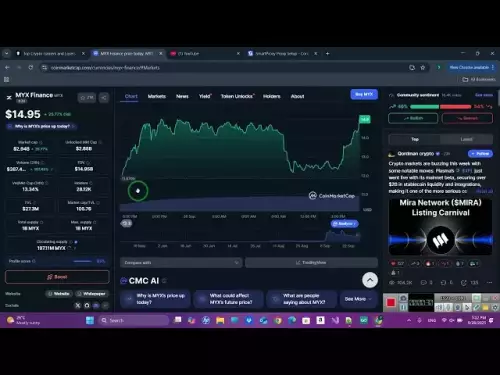-
 bitcoin
bitcoin $109547.008142 USD
0.04% -
 ethereum
ethereum $4011.838726 USD
-0.05% -
 tether
tether $1.000402 USD
-0.01% -
 xrp
xrp $2.798606 USD
0.88% -
 bnb
bnb $970.877944 USD
1.39% -
 solana
solana $202.237275 USD
-0.95% -
 usd-coin
usd-coin $0.999673 USD
0.00% -
 dogecoin
dogecoin $0.229294 USD
-1.15% -
 tron
tron $0.336370 USD
-0.45% -
 cardano
cardano $0.777260 USD
-1.66% -
 hyperliquid
hyperliquid $45.503019 USD
1.73% -
 ethena-usde
ethena-usde $1.000362 USD
0.01% -
 chainlink
chainlink $20.785303 USD
-1.10% -
 avalanche
avalanche $28.755822 USD
-0.11% -
 stellar
stellar $0.358303 USD
-0.48%
Is a sudden rebound during a bearish moving average formation a reversal? Should I follow suit?
A bearish moving average formation signals downward momentum, often worsening during low-volume rebounds that trap optimistic traders.
Sep 18, 2025 at 05:18 am

Understanding Bearish Moving Average Formations
1. A bearish moving average formation typically occurs when shorter-term moving averages cross below longer-term ones, signaling downward momentum in price trends. This pattern is closely monitored by traders using technical analysis to assess market direction.
2. Common examples include the death cross, where the 50-day moving average drops beneath the 200-day moving average. Such formations often precede extended downtrends, especially when confirmed by high trading volume and weakening fundamentals.
3. The psychological impact of these signals can trigger further selling as automated trading systems and trend-following investors react simultaneously. Market sentiment tends to turn negative, reinforcing the bearish outlook.
4. However, moving averages are lagging indicators, meaning they reflect past price action rather than predict future movements. Their reliability diminishes during periods of high volatility or low liquidity, common traits in cryptocurrency markets.
5. In highly speculative environments like the crypto space, bearish formations may persist for long durations without immediate resolution, leading to prolonged sideways or declining price action even after temporary rebounds.
Sudden Rebounds: Counter-Trend Moves or True Reversals?
1. A sudden price rebound within a bearish moving average structure does not automatically indicate a reversal. It may instead represent a short squeeze, profit-taking by shorts, or a reaction to external news such as regulatory updates or macroeconomic data.
2. These counter-trend rallies often lack sustained buying pressure and fail to alter the underlying technical structure. Volume analysis becomes critical—rebound attempts on low volume are generally unreliable.
3. Key resistance levels, such as previous support zones or descending trendlines, act as barriers. If the price fails to break and hold above these levels, the rally is likely temporary.
4. Confirmatory signs of a true reversal include the re-crossover of moving averages, rising trading volume on up days, and bullish candlestick patterns forming at key support areas.
5. In many cases, especially during strong bear markets, these rebounds serve as exit opportunities for long holders or entry points for new short positions rather than the start of a new uptrend.
Strategies for Navigating False Signals
1. Traders should avoid acting solely on price movement without confirmation from multiple indicators. Combining moving averages with RSI, MACD, or on-chain metrics improves decision accuracy.
2. Position sizing should remain conservative during uncertain phases. Entering large positions based on a single bounce risks significant drawdown if the broader downtrend resumes.
3. Using stop-loss orders helps manage downside risk when testing a potential reversal. Placing stops below recent swing lows prevents catastrophic losses if the rebound fails.
4. Monitoring on-chain data—such as exchange outflows, active addresses, and whale movements—can provide context beyond price charts. Sustained accumulation during downturns may hint at institutional interest.
5. Scalpers might capitalize on the volatility of these rebounds, but swing and position traders benefit more from waiting for structural confirmation before committing capital.
Frequently Asked Questions
What is the difference between a pullback and a reversal in a bear market?A pullback is a temporary recovery within an ongoing downtrend, usually driven by short covering or minor buying interest. A reversal involves a fundamental shift in momentum, confirmed by changing volume patterns and technical indicators aligning upward.
Can on-chain metrics help identify real reversals?Yes. Metrics like increasing wallet activity, declining exchange reserves, and rising hash rate stability often precede sustainable price recoveries. They reflect growing confidence independent of short-term price noise.
How do macroeconomic factors influence bear market rebounds?Events like interest rate changes, inflation reports, or geopolitical developments can trigger sharp rallies in risk assets, including cryptocurrencies. These moves may not reflect internal market health but still impact short-term price action significantly.
Why do some bear market rallies gain media attention despite failing?Media outlets often highlight price spikes regardless of sustainability. Public sentiment tends to react strongly to percentage gains from depressed levels, creating narratives that don't align with technical or fundamental realities.
Disclaimer:info@kdj.com
The information provided is not trading advice. kdj.com does not assume any responsibility for any investments made based on the information provided in this article. Cryptocurrencies are highly volatile and it is highly recommended that you invest with caution after thorough research!
If you believe that the content used on this website infringes your copyright, please contact us immediately (info@kdj.com) and we will delete it promptly.
- BlockchainFX, Binance Coin, Cardano: Decoding the Crypto Landscape in 2025
- 2025-09-29 04:45:12
- Cathie Wood, Bitcoin, and the Future of Monetary Standards: A New York Perspective
- 2025-09-29 04:25:17
- Crypto Presales Under the Microscope: BlockDAG, HYPER, and the Hunt for the Next Big Thing
- 2025-09-29 04:25:17
- Ethereum Bulls Eye $4,000: Is the Rally Sustainable?
- 2025-09-29 05:05:14
- Aster Price Surge: Bullish Breakout or Falling Wedge Fiasco?
- 2025-09-29 04:45:12
- Aptos Price Prediction: Will the Velociraptor Upgrade Trigger a Rally?
- 2025-09-29 04:50:01
Related knowledge
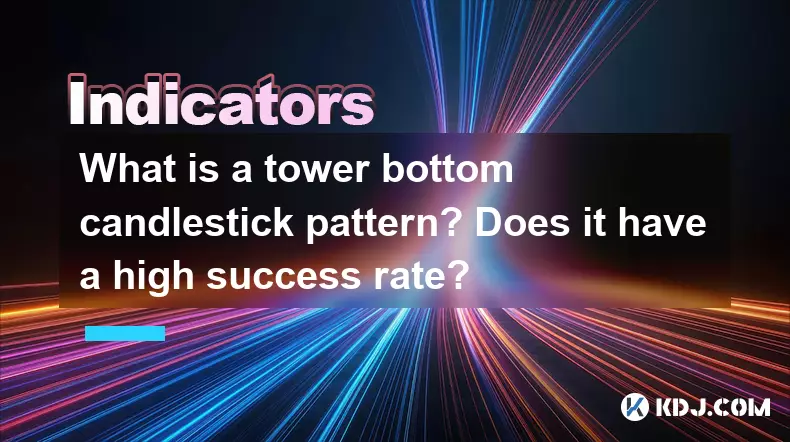
What is a tower bottom candlestick pattern? Does it have a high success rate?
Sep 22,2025 at 07:18am
Tower Bottom Candlestick Pattern Explained1. The tower bottom candlestick pattern is a reversal formation that typically appears at the end of a downt...
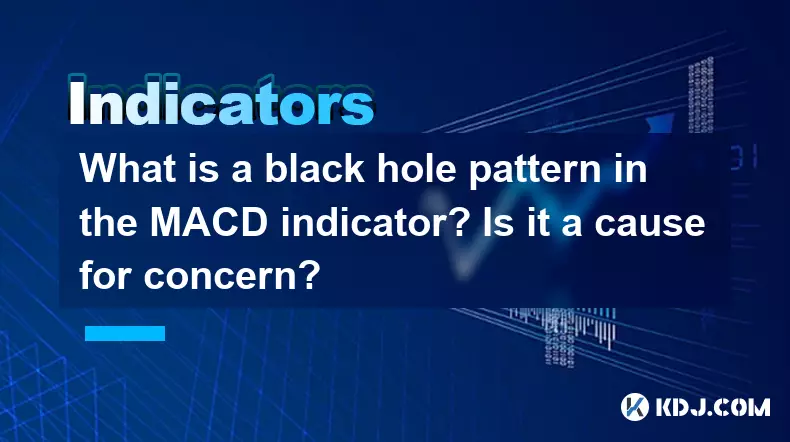
What is a black hole pattern in the MACD indicator? Is it a cause for concern?
Sep 21,2025 at 06:54pm
Bitcoin's Role in Decentralized Finance1. Bitcoin remains the cornerstone of decentralized finance, serving as a benchmark for value and security acro...

How can I use the psychological line (PSY) to determine market sentiment?
Sep 17,2025 at 02:19pm
Understanding the Psychological Line (PSY) in Cryptocurrency TradingThe Psychological Line, commonly referred to as PSY, is a momentum oscillator used...
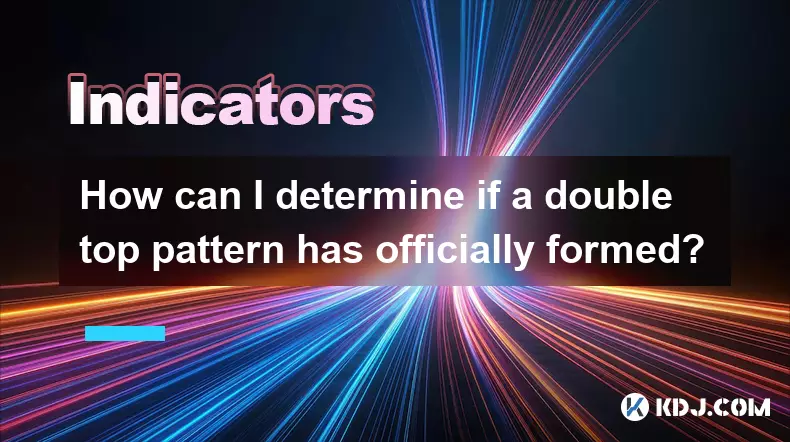
How can I determine if a double top pattern has officially formed?
Sep 21,2025 at 03:18am
Understanding the Structure of a Double Top Pattern1. A double top pattern consists of two distinct peaks that reach approximately the same price leve...
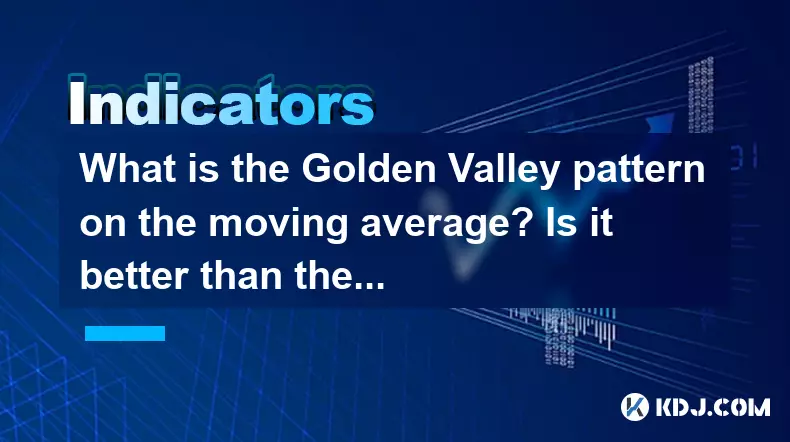
What is the Golden Valley pattern on the moving average? Is it better than the Silver Valley pattern?
Sep 21,2025 at 02:54pm
Understanding the Golden Valley Pattern in Moving Averages1. The Golden Valley pattern is a technical formation observed in cryptocurrency price chart...

What does a death cross of the RSI in the strong zone (above 50) mean?
Sep 17,2025 at 10:54pm
Understanding the Death Cross in RSI Context1. The term 'death cross' is traditionally associated with moving averages, where a short-term average cro...

What is a tower bottom candlestick pattern? Does it have a high success rate?
Sep 22,2025 at 07:18am
Tower Bottom Candlestick Pattern Explained1. The tower bottom candlestick pattern is a reversal formation that typically appears at the end of a downt...

What is a black hole pattern in the MACD indicator? Is it a cause for concern?
Sep 21,2025 at 06:54pm
Bitcoin's Role in Decentralized Finance1. Bitcoin remains the cornerstone of decentralized finance, serving as a benchmark for value and security acro...

How can I use the psychological line (PSY) to determine market sentiment?
Sep 17,2025 at 02:19pm
Understanding the Psychological Line (PSY) in Cryptocurrency TradingThe Psychological Line, commonly referred to as PSY, is a momentum oscillator used...

How can I determine if a double top pattern has officially formed?
Sep 21,2025 at 03:18am
Understanding the Structure of a Double Top Pattern1. A double top pattern consists of two distinct peaks that reach approximately the same price leve...

What is the Golden Valley pattern on the moving average? Is it better than the Silver Valley pattern?
Sep 21,2025 at 02:54pm
Understanding the Golden Valley Pattern in Moving Averages1. The Golden Valley pattern is a technical formation observed in cryptocurrency price chart...

What does a death cross of the RSI in the strong zone (above 50) mean?
Sep 17,2025 at 10:54pm
Understanding the Death Cross in RSI Context1. The term 'death cross' is traditionally associated with moving averages, where a short-term average cro...
See all articles























